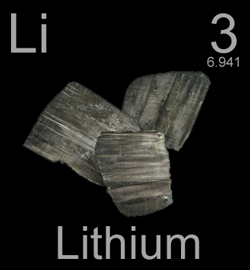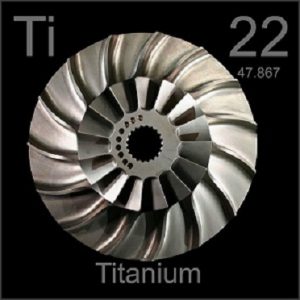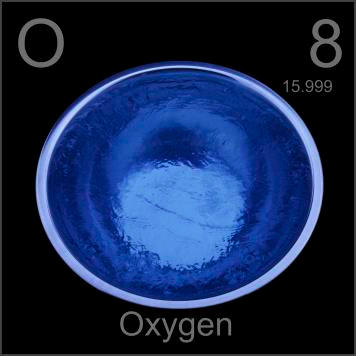Chemical Formula: Li4Ti5O12
Catalog Number: ST0454
Purity: 99.9%, 99.99%, 99.999%
Shape: Discs, Plates, Column Targets, Step Targets, Custom-made
Lithium titanate sputtering targets are available in various forms, purities, sizes, and prices. Stanford Advanced Materials (SAM) is capable of supplying custom sputtering materials per any specs/drawings you provide to us.
Lithium titanate sputtering target is composed of lithium, titanium, and oxygen. High-purity lithium titanate sputter targets play a huge role in deposition processes to ensure high-quality deposited film. Stanford Advanced Materials (SAM) specializes in producing up to 99.9995% purity sputtering targets using quality assurance processes to guarantee product reliability.
Related products: Lithium Sputtering Target, Titanium Sputtering Target, Oxide Ceramic Sputtering Target



| Material Type | Lithium Titanate |
| Symbol | Li4Ti5O12, LTO |
| Color/Appearance | White Solid |
| Melting Point | 1,533 °C (2,791 °F; 1,806 K) |
| Density | 3.43 g/cm3 |
| Type of Bond | Elastomer, Indium |
| Available Sizes | Dia.: 1.0″, 2.0″, 3.0″, 4.0″, 5.0″, 6.0″ Thick: 0.125″, 0.250″ |
Other sizes are also available. Please contact us for customized sputtering targets.
The lithium titanate sputtering target is used for thin film deposition, decoration, semiconductor, display, LED and photovoltaic devices, functional coating as nicely as other optical information storage space industry, glass coating industry like car glass and architectural glass, optical communication, etc.
Our lithium titanate sputter targets are carefully handled to prevent damage during storage and transportation and to preserve the quality of our products in their original condition.
We specialize in producing high-purity lithium titanate sputtering targets with the highest possible density and smallest possible average grain sizes for use in semiconductor, chemical vapor deposition (CVD), and physical vapor deposition (PVD) display and optical applications.
Submit your review | |
1 2 3 4 5 | |
Submit Cancel | |
Worked great for the science project we did during the mid-exam.